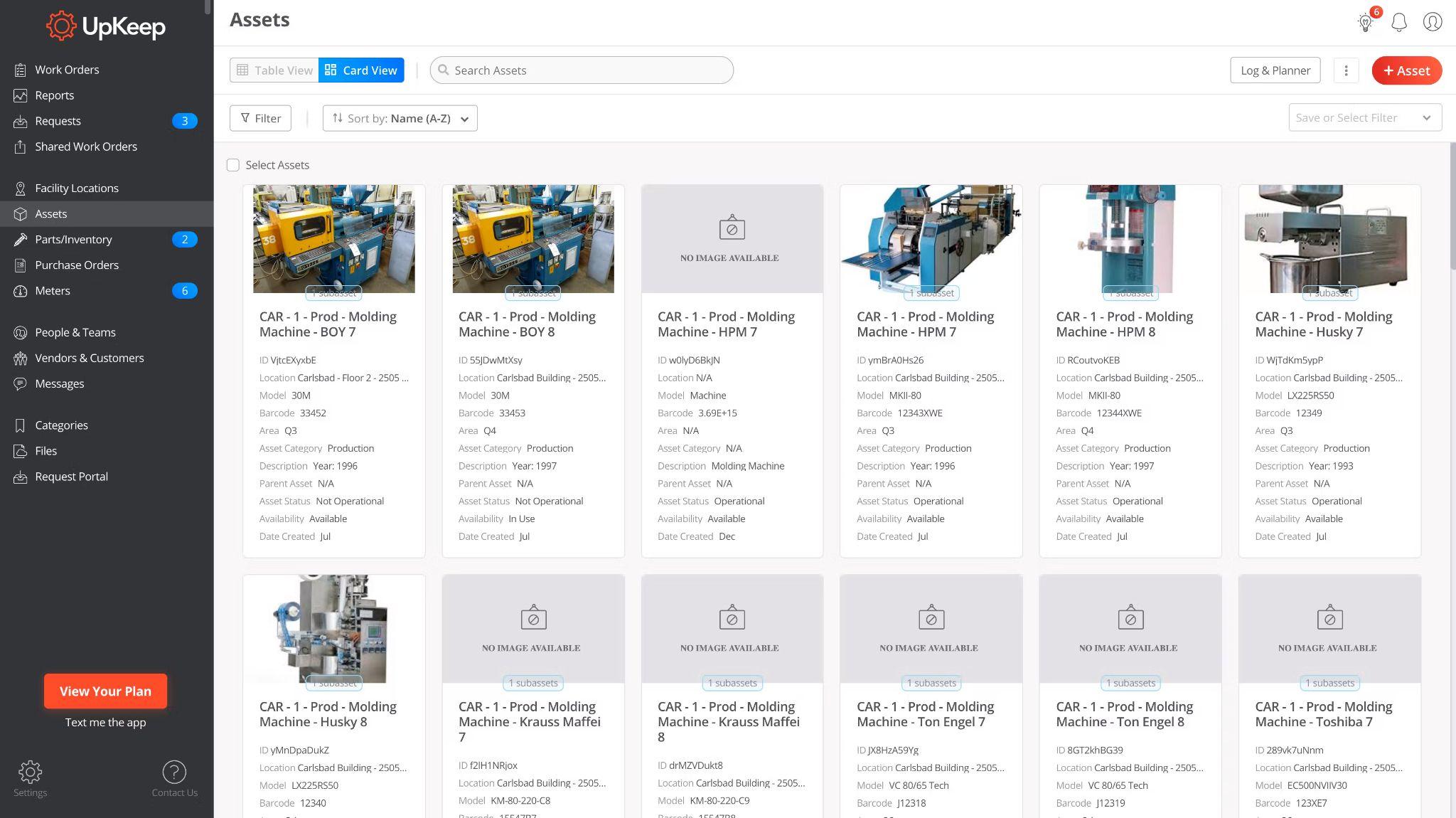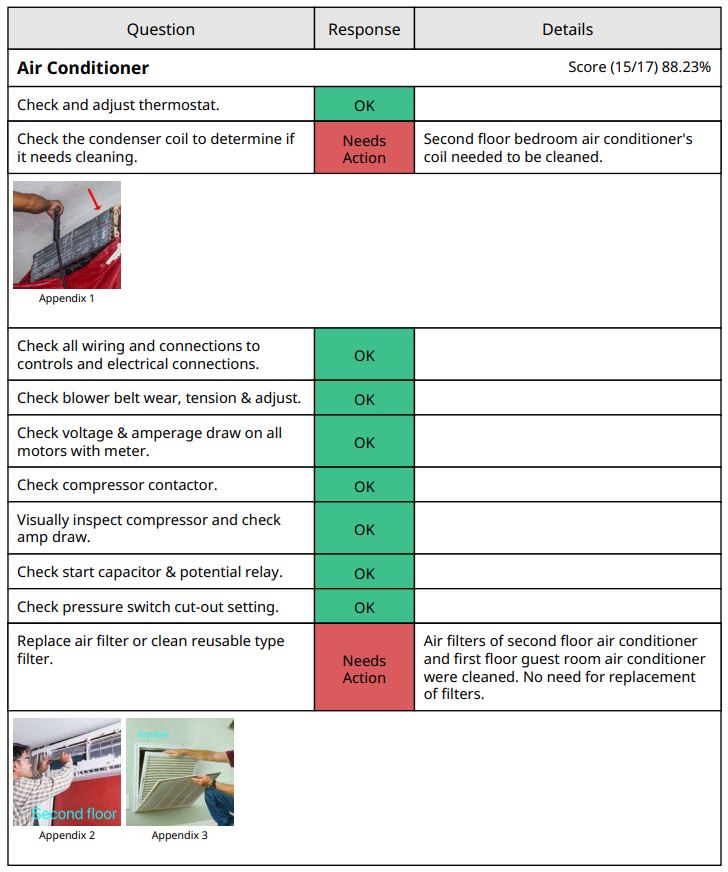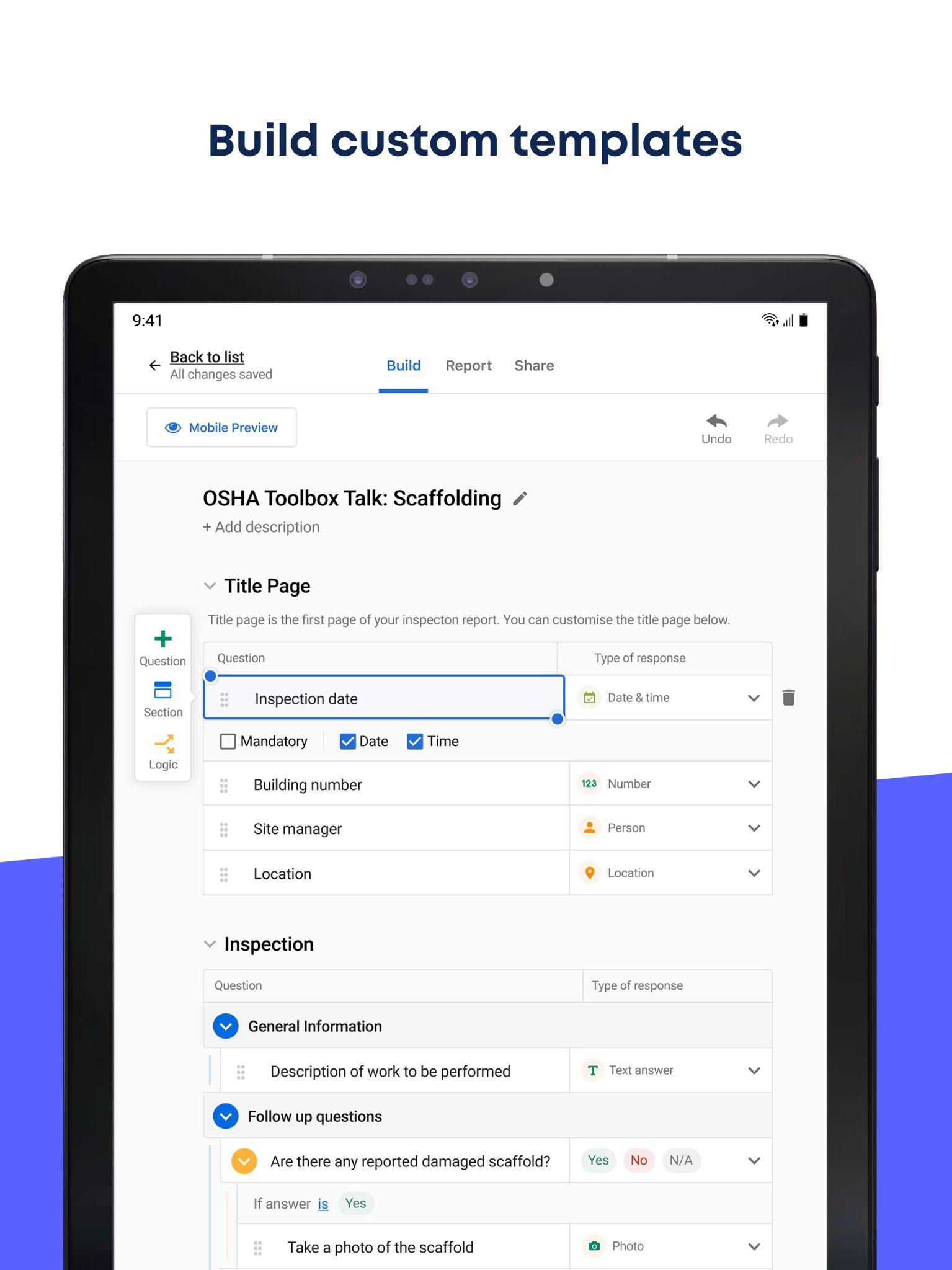Protect Your Business From Unplanned Downtime With a Preventive Maintenance Checklist
Equipment failure is the last thing you want to deal with if you’re a small-business leader who oversees operations at your organization. And depending on the severity of the issue and availability of parts during an ongoing supply chain crisis, you might have to wait days or even weeks to get your equipment back in working order.
Creating a preventive maintenance plan is one way to protect your business from unplanned downtime, which, according to Forbes, costs manufacturers an estimated $50 billion each year. A preventive maintenance checklist provides your maintenance team with a step-by-step resource to ensure all maintenance procedures are completed as agreed upon for each asset.
Download out free Preventive Maintenance Checklist Template.
What is preventive maintenance?
Preventive maintenance (PM) is the set of practices businesses follow to keep equipment in working order. It allows for more efficient facility management because you’re maintaining assets on a regular basis, rather than waiting to address a problem when something goes wrong.
While your preventive maintenance plan will be specific to the needs of your small business and its assets, this guide will outline four basic steps that are applicable to most businesses that are reliant on equipment for their daily operations. This includes professionals in the manufacturing, medical, and fleet management industries, to name a few.
Step 1: Know what you want to achieve through your preventive maintenance plan based on company goals
The first step of creating a preventive maintenance checklist involves gaining clarity on desired outcomes. A good resource is your business’s five- or ten-year plan, if you have one. Are you looking to increase production and distribution, or break ground on new facilities? Set aside some time to identify your goals for your preventive maintenance program, and make sure they’re aligned with your overall company goals. The table below provides some examples of what this might look like:
If your company goal is this: | Your maintenance goal should be this: |
|---|---|
Increase production and distribution. | Minimize downtime and production rejects, and keep production on or ahead of schedule. |
Improve safety and health conditions with zero OSHA violations. | Include safety measures within your preventive management (PM) checklist as well as any personal protective equipment (PPE) needed for each task. |
Stay within budget. | Streamline troubleshooting practices to address issues as quickly as possible. |
What’s more, knowing what you want to achieve through your preventive maintenance program can have the added benefit of persuading stakeholders to increase your budget as long as these added expenses contribute to company-wide goals.
Step 2: Take inventory of your equipment for more efficient recordkeeping and improved safety procedures
Now that you know what you want to achieve through your preventive maintenance plan, you’ll want to take inventory of your equipment for more efficient recordkeeping. Make sure the original equipment manufacturer (OEM) manual is easily accessible for each asset: It will contain detailed information about your equipment’s parts, inspection frequencies, and serial numbers so that parts can be more easily reordered when needed.
If your facility needs to meet any health or safety requirements, there may be federal and/or state regulations in place that will require you to perform certain maintenance tasks and procedures. For example, if you work for a manufacturer that operates a boiler, such as a brewery or distillery, your state licensing and regulation department likely requires a boiler inspection every one or two years. If you work in construction and development, you’ll need to meet state building codes as well as county health requirements.
Health and safety regulations may also specify what PPE you should provide for your maintenance team. Make note of any requirements as you take inventory to ensure that assets are up to code, and also that any necessary safety instructions or warnings appear in your PM checklist.
Lastly, snap some photos while you’re taking inventory. Visual aids are an important component of any preventive maintenance checklist because they’ll help your team know exactly what each part of each asset should look like. The image below from a computerized maintenance management system (CMMS) shows how software can simplify asset management, including, in some cases, images of different assets for easier reference.

Asset management feature from UpKeep (Source)
Step 3: Select which assets to set up preventive maintenance tasks for, and identify tasks for each asset
In an ideal world, you’d have a preventive maintenance checklist at the ready for all of your assets. But for businesses that maintain hundreds or even thousands of assets, that’s not realistic. Selecting just a few assets to begin with is not only much less intimidating, but it will help you figure out what’s working and what could be improved in your preventive maintenance checklists.
How do you select which assets to set up preventive maintenance tasks for? FMX suggests ranking assets based on criticality. A critical asset is one that would be most disruptive if it were to break down, and should thus be prioritized as you come up with a preventive maintenance strategy.
Next, you’ll want to identify tasks for those critical assets. These tasks might include cleaning, ventilation, lubrication, chain or belt adjustments, oil or air filter changes, or the inspection, repairing, or replacement of various parts. Once you have an idea of what tasks need to be included in your checklist, you can get started writing instructions.
Step 4: Write detailed instructions for each preventive maintenance task
This last step is the most important, since it will determine your maintenance team’s course of action for each asset as well as serve as a record of each asset’s maintenance history.
In writing each set of instructions, you’ll want to:
Aim for a balance between detail and conciseness.
Begin each step with an action verb so that you’re clearly stating what you’d like the technician to do (eg., check, inspect, replace, adjust).
Leave space for the technician to state whether or not they completed the task.
Consider a column for notes so that they can jot down anything out of the ordinary or make a suggestion for whoever follows the checklist next.
See below for an example of a preventive maintenance checklist for an air conditioning unit:

Example of an HVAC system preventive maintenance checklist from LimbleCMMS (Source)
Make your preventive maintenance checklist work for you
As we mentioned earlier, your preventive maintenance plan will be specific to the needs of your small business. Each preventive maintenance checklist you create will look different because they are created for different assets. Whether you’re creating a maintenance checklist for a boiler, a pump, an engine, or an air conditioner, UpKeep has a collection of unique templates you can download and print. Or, you can download our generic template and customize it to your needs.
If a digital checklist is more your speed, preventive maintenance software can help you manage your PM checklist and even create a mobile version so that you can keep it in your pocket for easy reference. There are even platforms that exist for the sole purpose of creating maintenance checklists, such as the example below.

Custom template feature from iAuditor (Source)
Once you create a PM checklist, you’ll want to train your maintenance team to ensure they use the checklist properly. It’s also a good idea to track the results of each checklist as they’re used over time. As we mentioned in step three, this will help you figure out what’s working and what could be improved in your preventive maintenance checklists, such as any steps that should be added or eliminated. As you collect data from one or two critical assets, you’ll be able to make improvements that can be incorporated into your overall preventive maintenance plan.
To get started on your own preventive maintenance plan, browse our list of preventive maintenance software.
Note: The applications mentioned in this article are examples and are not intended as endorsements or recommendations.